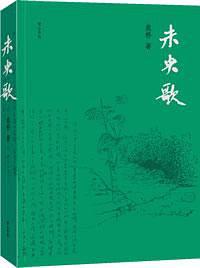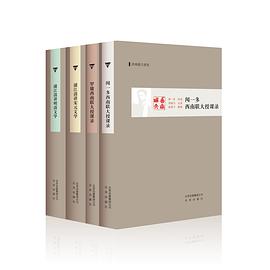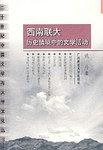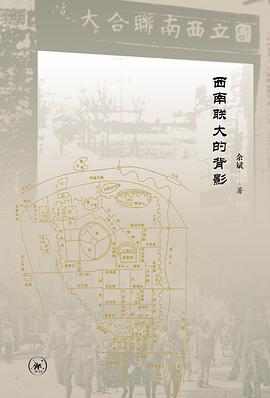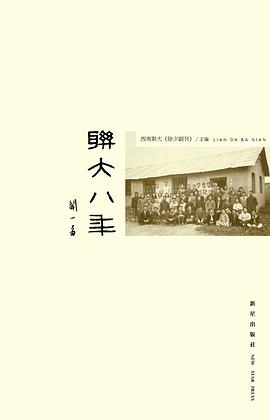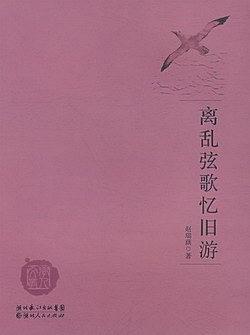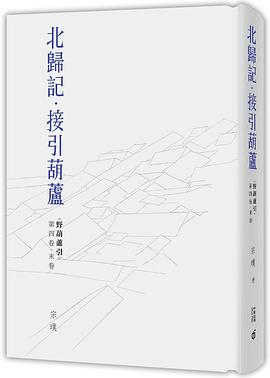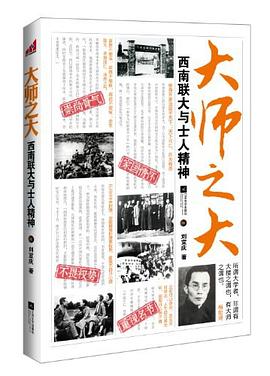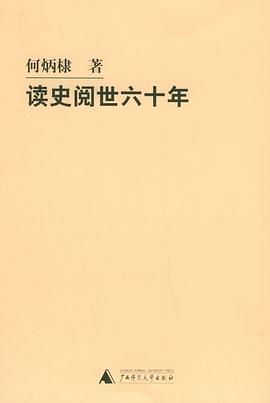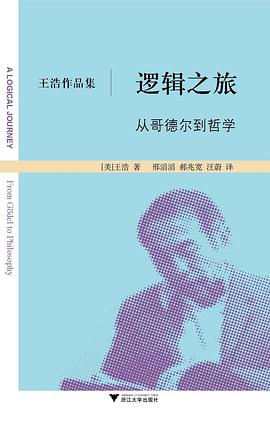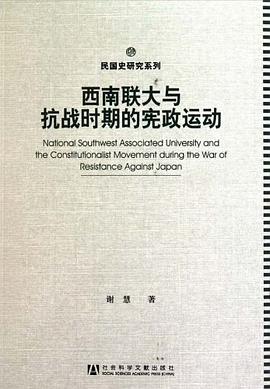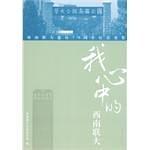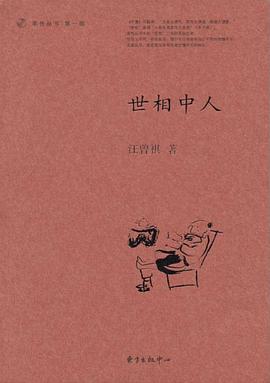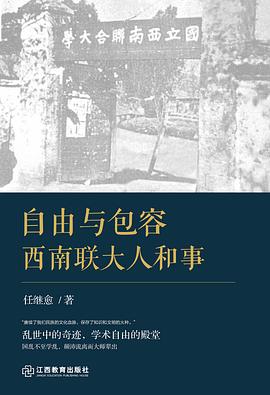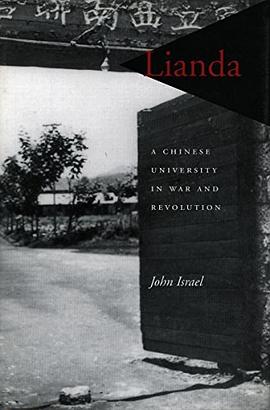
Lianda pdf epub mobi txt 电子书 下载 2025
易社强(John Israel),西南联大荣誉校友。早年就读于威斯康辛大学、哈佛大学。师从费正清教授,现为弗吉尼亚大学历史系荣休教授。主要从事中国现代史研究。著有《1927-1937年中国学生民族主义》(Student Nationalism in China,1927-1937)等。
饶佳荣,厦门大学历史系毕业。与师友合译《档案中的虚构》等多部作品。
- 西南联大
- 历史
- 海外中国研究
- Israel_John
- 民国
- 英文原版
- 近代史
- 西南聯大

In the summer of 1937, Japanese troops occupied the campuses of Beijing’s two leading universities, Beida and Qinghua, and reduced Nankai, in Tianjin, to rubble. These were China's leading institutions of higher learning, run by men educated in the West and committed to modern liberal education. The three universities first moved to Changsha, 900 miles southwest of Beijing, where they joined forces. But with the fall of Nanjing in mid-December, many students left to fight the Japanese, who soon began bombing Changsha.In February 1938, the 800 remaining students and faculty made the thousand-mile trek to Kunming, in China’s remote, mountainous southwest, where they formed the National Southwest Associated University (Lianda). In makeshift quarters, subject to sporadic bombing by the Japanese and shortages of food, books, and clothing, students and professors did their best to conduct a modern university. In the next eight years, many of China’s most prominent intellectuals taught or studied at Lianda. This book is the story of their lives and work under extraordinary conditions.Lianda’s wartime saga crystallized the experience of a generation of Chinese intellectuals, beginning with epic journeys, followed by years of privation and endurance, and concluding with politicization, polarization, and radicalization, as China moved from a war of resistance against a foreign foe to a civil war pitting brother against brother. The Lianda community, which had entered the war fiercely loyal to the government of Chiang Kai-shek, emerged in 1946 as a bastion of criticism of China’s ruling Guomindang party. Within three years, the majority of the Lianda community, now returned to its north China campuses in Beijing and Tianjin, was prepared to accept Communist rule.In addition to struggling for physical survival, Lianda’s faculty and students spent the war years striving to uphold a model of higher education in which modern universities, based in large part on the American model, sought to preserve liberal education, political autonomy, and academic freedom. Successful in the face of wartime privations, enemy air raids, and Guomindang pressure, Lianda’s constituent universities eventually succumbed to Communist control. By 1952, the Lianda ideal had been replaced with a politicized and technocratic model borrowed from the Soviet Union.
具体描述
读后感
首先我觉得此书未必是最好的西南联大史,但是可称得上的最全的西南联大史,作者历经20年,查阅了大量书籍,访问大量联大校友,其研究精神值得我们肯定,而且这种精神怕是当下中国很难见得到的。 我一直在想联大究竟带给我们什么,自由精神?兼容并包?杨振宁?陈省...
评分六月的蒙自刚过短暂的雨季时节,湖面伴着风华叶茂与落日霞光,水天一色的景致既朦胧又高远;而湖边漫步着朱自清、汤用彤、冯友兰、陈梦家们。在战争如暗夜袭来的岁月里,他们宛若长空中的灿烂星辰,在这相对静谧的边远天地依旧以他们的巍巍气节,闪耀出永恒的光芒之魅。 这是属...
评分这不可测知的希望是多么固执而悠久 ——关于易社强《战争与革命中的西南联大》 2009年夏天,我沿着浙江大学西迁办学的道路,重走了一遍。当然并非如当年浙大学生般以步行为主,交通工具有火车有汽车,还有三轮摩托。我在浙江大学曾流亡办学的城市均有逗留,去寻访...
评分首先我觉得此书未必是最好的西南联大史,但是可称得上的最全的西南联大史,作者历经20年,查阅了大量书籍,访问大量联大校友,其研究精神值得我们肯定,而且这种精神怕是当下中国很难见得到的。 我一直在想联大究竟带给我们什么,自由精神?兼容并包?杨振宁?陈省...
评分西南联大,即国立西南联合大学,由当年抗战时期,往南撤退的北京大学、清华大学,南开大学合组而成。这几年,这个已经消失了六十多年的老学校渐渐火了起来,一是大家对于现行教育界的普遍不满,只好从过去中寻找慰藉和希望;二是联大的校友多为名人学者,怀念文章逐渐受到大家...
用户评价
更想知道《围城》跟联大啥关系啊!
评分分四部分:1) Patriots' Pilgrimage,介绍联大的转移; 2) Interactions,介绍联大人和当地人的交流; 3) A Pride of Professors,介绍各个学院和教授们; 4) Eight Years at Lianda, 按照时间顺序回顾1938-1946..
评分内容不错,但不得不说作者的写作水平有待提高
评分能说能写,有笑有泪,且行且歌。Structure 基本上同步了《国立西南联合大学校史》
评分分四部分:1) Patriots' Pilgrimage,介绍联大的转移; 2) Interactions,介绍联大人和当地人的交流; 3) A Pride of Professors,介绍各个学院和教授们; 4) Eight Years at Lianda, 按照时间顺序回顾1938-1946..
相关图书
本站所有内容均为互联网搜索引擎提供的公开搜索信息,本站不存储任何数据与内容,任何内容与数据均与本站无关,如有需要请联系相关搜索引擎包括但不限于百度,google,bing,sogou 等
© 2025 book.wenda123.org All Rights Reserved. 图书目录大全 版权所有

